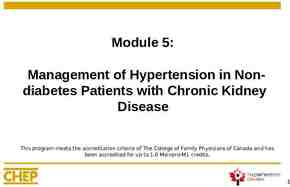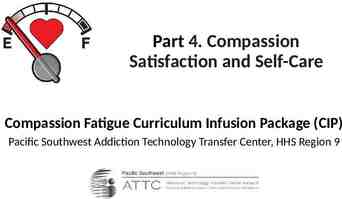ARPA PROJECT PROPOSAL Addressing Nursing & Allied Health
6 Slides316.29 KB

ARPA PROJECT PROPOSAL Addressing Nursing & Allied Health Workforce Needs through Oklahoma’s State System of Higher Education Chancellor Allison D. Garrett March 30, 2022

OKLAHOMA’S NURSING SHORTAGE Pre-pandemic, Oklahoma ranked 46th in the nation for RNs per capita. Nursing Shortage Causes Current RN pre-licensure nursing education capacity does not meet workforce demand A significant segment of the nursing workforce is nearing retirement age The number of RNs needed to meet workforce needs will increase 9.1% between 2018 and 2028. Changing demographics increase healthcare demands for our aging population Insufficient staffing negatively impacts job satisfaction and increases RN turnover Pandemic burnout and fear of illness Uncompetitive salaries

CHALLENGES TO NURSING EDUCATION Low college readiness among prospective nursing applicants Shortage of qualified faculty Insufficient clinical placement slots High program costs due to technology/ equipment needs Lack of centralized student application portal

FUNDING REQUEST Cameron University Carl Albert State College Connors State College East Central University Eastern Oklahoma State College Langston University Northeastern Oklahoma A&M College Northern Oklahoma College Northwestern Oklahoma State University Redlands Community College Rogers State University Seminole State College Western Oklahoma State College System-wide Projects 104,876,041

USE OF FUNDS Supportive Services Clinical Experiences Scholarships Enrollment, Recruitment & Retention Initiatives Faculty Recruitment & Retention Facilities Increased RN Production Equipment

PROJECT OUTCOMES Anticipated project outcomes include increases in: Student enrollment Student retention Degree production Qualified nursing faculty 773 Additional nursing graduates each year by 2025






